Great forum to start! I'm hooked on season extension after reading one of Eliot Coleman's books a few years ago. We are in the second year of runnng a micro (or maybe a nano! farm and we sell vegs, herbs, perennials, flowers at local farmers' markets and have a 15-member CSA. We are based in an ag-zoned subdivision and have a little less than 2 acres total with about 1/2 acre under intense cultivation.
1. Seed starting: We have nearly 60 inexpensive ($5-7) shop lights mounted on stands and other places around the house. We use three lights (6 regular 40w tubes) on each shelf so the seedlings get good coverage. We can grow lettuce and other greens year round.
2. Warm house: After all the inside space was full we had to start moving things outdoors around the middle of March. We used a 4'x8' mini hoop house ($79 at Menards + you build the support with 4x6 boards). We covered with a second layer of plastic and put in a space heater going whenever the night was expected to be less than 40 degrees. We bought some inexpensive ($14 at Menards) wireless thermometers so we could keep track of the temperature inside the house. It was normally about 25 degrees above the outside temp and the only plants we lost were a few the night we had a freeze and I forgot to put the second layer on -- we lost the plants that were touching the plastic. With a shelf on the north wall we got about 32 flats of seedlings squeezed in.
3. warm box: After the hoop house filled up we built two 4x8 warm boxes with a simple frame and insulated with 2" ploystyrene insulation ( a windfall - bought a pallet of damaged 4x8 sheets of the stuff for $10). The heat source was about 200 watts of mini Christmas lights spread on the bottom. We covered the boxes with two layers of plastic. As built, they would maintain 30-35 degrees above the outside air. On a warm day we took one or both layers of plastic off.. we had one warm day where I left the plastic on for about an hour after the full sun hit the box and pretty much fried about half the plants. The temp would go from about 40 to 120 very fast so be careful with small enclosures.
4. Mini tunnel: Finally all the boxes filled up and a borrowed greenhouse was full so I built a mini-tunnel over one of my raised beds (3 1/2 ' x 24'). I used a pvc fame with upside down "u's" every 3 feet. The back leg of the "u" was 3' and the front was 2 1/2 ' so I could get some drainage when it rained. I used an elbow fitting on the front and a four-way fitting on the back(about $1 from Peaceful Valley) so I could join the u's together. I tacked the plastic to the back with furring strips. I put some "T" posts tight against the front so I could slide in the plastic to keep it snug. Plants were happy inside as long as the temp stayed above 28 or so.
5. Windbreaks: We get some pretty strong winds Mar-May and have found that a well-constructed windbreaks can get plants, especially cool-weather crops, going a couple of weeks earlier in the spring. The best thing we have found so far is 30" burlap (300' about $40 at AM Leonard). We stretch "T" posts along the row and hook the burlap on the t-post hooks. We weight the bottom with some old window sash weights (a windfall from a friend!). Burlap works pretty well because it lets almost enough wind through so it stays in place and also lets some light in (our prevailing winds are west and southwest). Quick to put up: did a forty foot row from scratch in 15 minutes when a storm came up a couple of weeks ago. This will hold up to about 35mph wind. From a test we found that 20mph turned into 2-3 mph 3-6 feet behind the break. Will last two seasons or more if you take care of it.
6. Raised beds: The only way to go for us! We make them out of anything we can find: 2x4,6,10,12 lumber, fence posts, flat stones, etc. We think that raised beds help us get much more production from a small area, they can be covered easily, can be set up for fast installation of windbreaks, etc. They do take a fair amount of investment to set up.
7. South slope. We try to take advantage of south slope to plant early cool-weather crops (like peas)and then follow them with warm-weather crops. Last year tomatoes shaded the peas and we got a couple weeks extra production. Good place for fall crops, too.
8. North slope: This is where all the cool-weather things go. We hope to have a long run of peas this summer and a full selection of greens for our customers all summer.
9. No experience yet but will try this year or next: Row covers (trying now), zip houses (maybe try in fall), plastic for heat (next year), cloches (made some from plastic gallon mile and water jusg but only tried one -- it worked, 32' hoop house under construction for fall crops
Sorry for the long post, guess I'm hooked on this stuff ;-)
Tim Fuller
Erehwon Farm

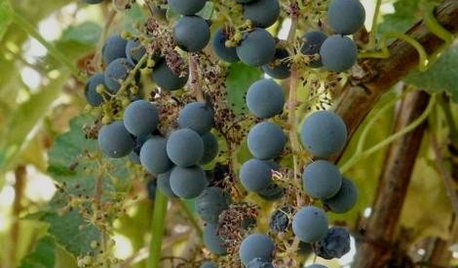

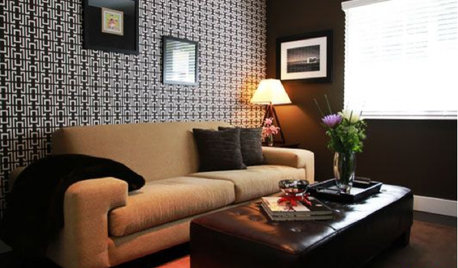
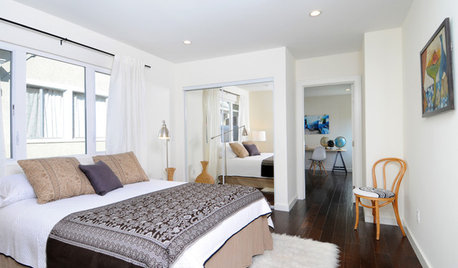
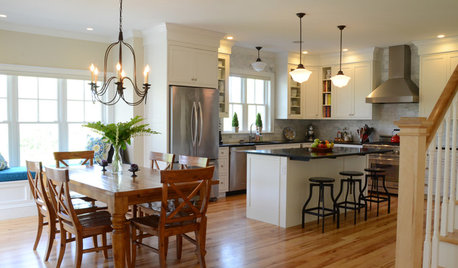



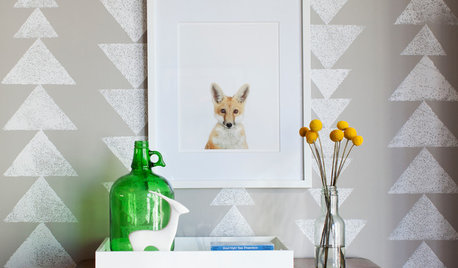






barb_ny5
mid_tn_mama
Related Professionals
Milwaukee Landscape Architects & Landscape Designers · Newcastle Landscape Architects & Landscape Designers · Norwood Landscape Contractors · Edinburg Landscape Contractors · Hilo Landscape Contractors · Lakeville Landscape Contractors · Munster Landscape Contractors · Reedley Landscape Contractors · Eastlake Landscape Contractors · Port Neches Roofing & Gutters · Hull Roofing & Gutters · Harvey Swimming Pool Builders · Tucson Swimming Pool Builders · Willoughby Swimming Pool Builders · Midwest City Swimming Pool Buildersaka_peggy
westbeck35